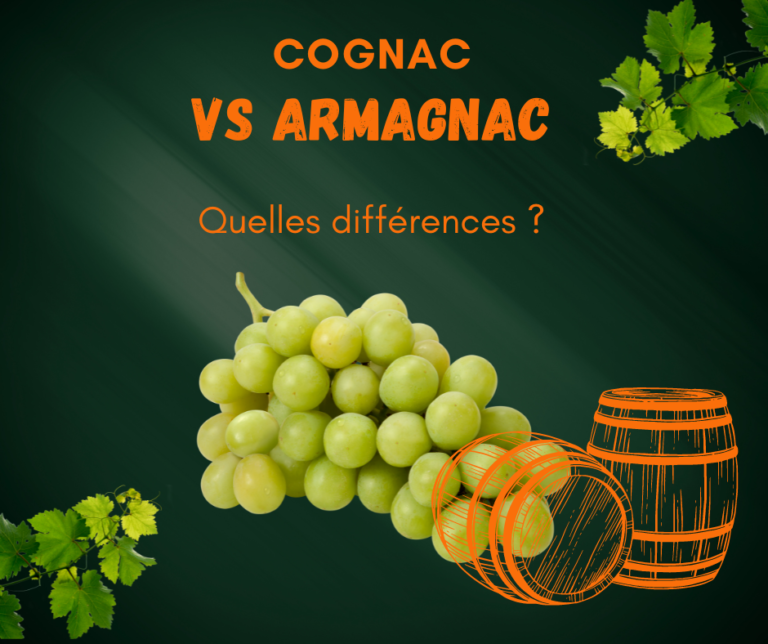Some similarities
Armagnac and cognac are both eaux-de-vie produced in France, but they differ in terms of region, grape varieties and distillation process. Armagnac is produced in south-western France, while cognac is produced in the Cognac region. Both are made from white wines. In terms of distillation, armagnac is distilled once in copper stills, while cognac is distilled twice in copper stills. Both eaux-de-vie are aged in oak barrels.
Real differences
Although both armagnac and cognac are eaux-de-vie produced in France, there are significant differences between the two. Here are a few more things to consider to better understand these two unique beverages:
- Armagnac is produced in the Gers, Landes and Lot-et-Garonne regions, while cognac is produced in the Charente region.
- The grape varieties used to produce armagnac include white and black grapes, while cognac is made exclusively from white grapes.
- Armagnac is distilled once in copper stills, while cognac is distilled twice. Armagnac is made from Armagnac stills, while Cognac is made from Charentais stills.
- Both beverages are aged in oak barrels for long periods (minimum 6 months for Armagnac).
- Ultimately, each of these eaux-de-vie has its own devotees, who prefer the unique taste and subtle nuances of one or the other. Whether you’re a fan of armagnac or cognac, it’s impossible to go wrong when choosing one of these French spirits.
In brief
Armagnac and Cognac differ in several respects: territories, distillation method and grape varieties used.
Cognac is distilled twice, while Armagnac is distilled only once. The main grape variety used in Cognac is Ugni Blanc. For Armagnac, you’ll find Colombard, Ugni Blanc, Baco and Folle Blanche.
And finally, the two appellations are separated by several hundred kilometers, which explains the diversity of the soils.

